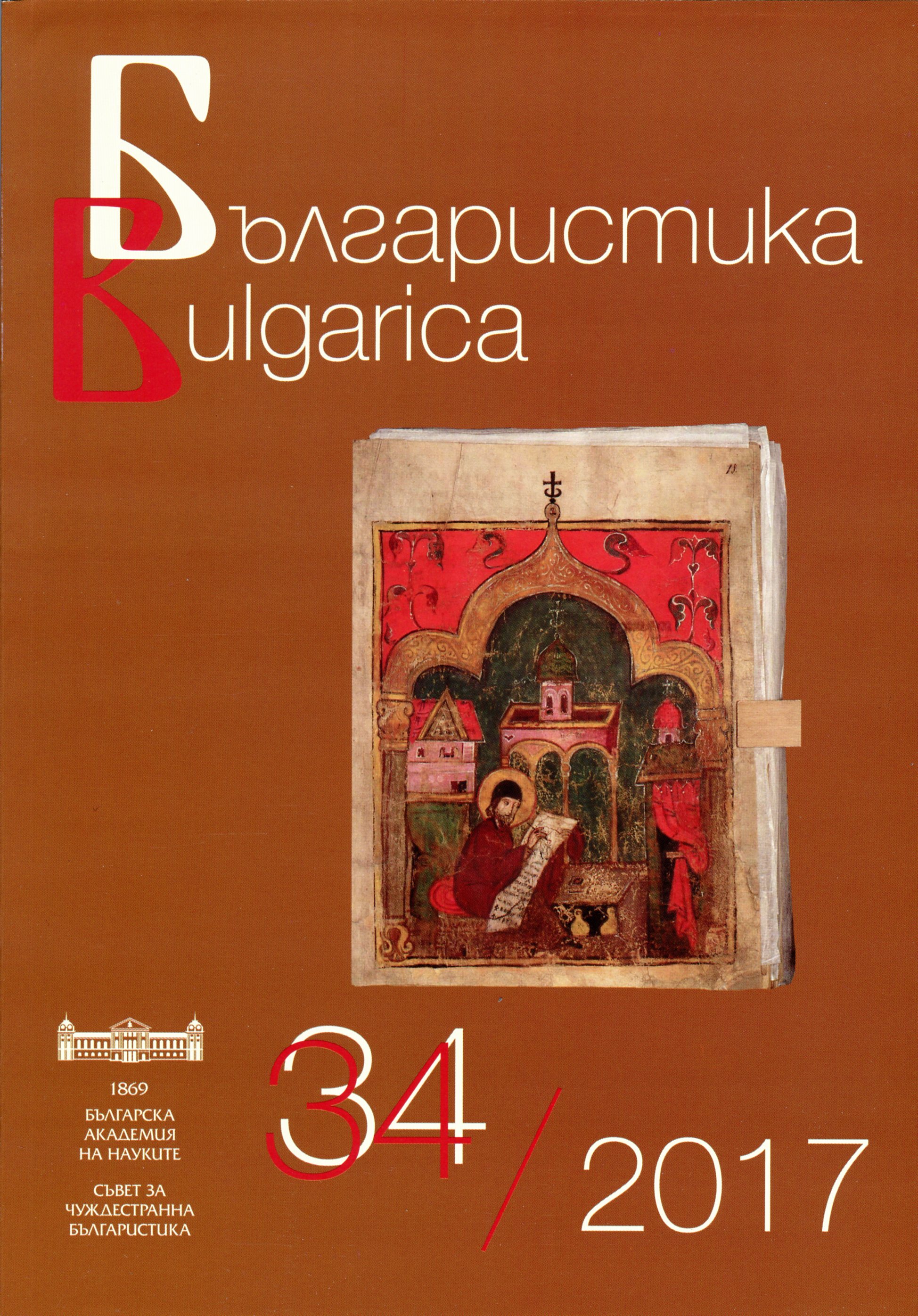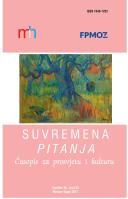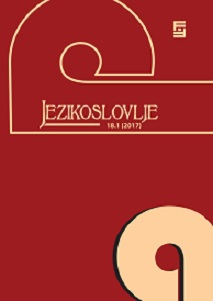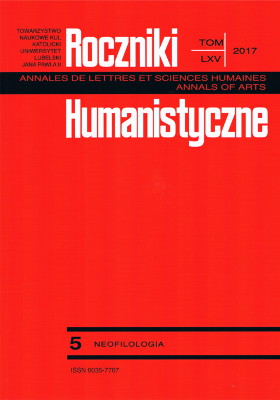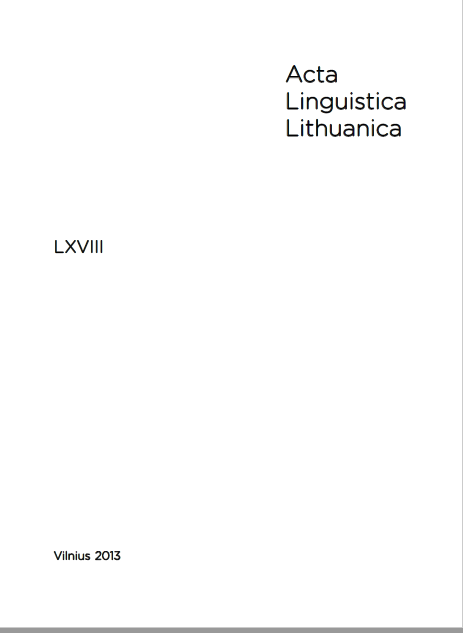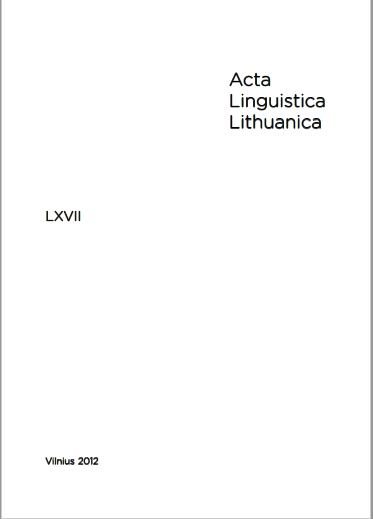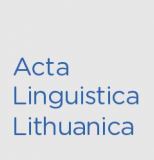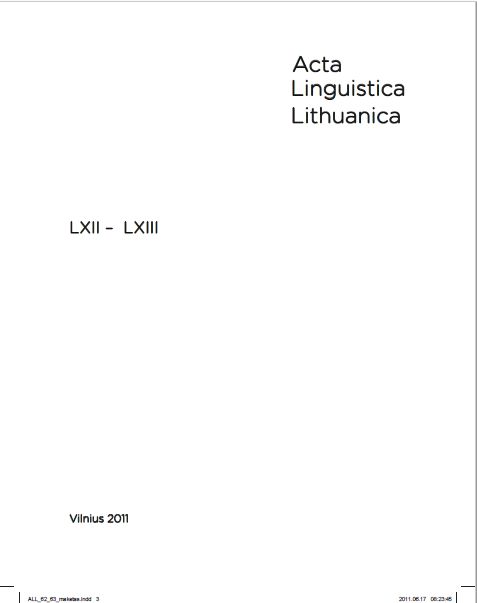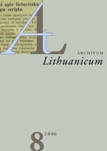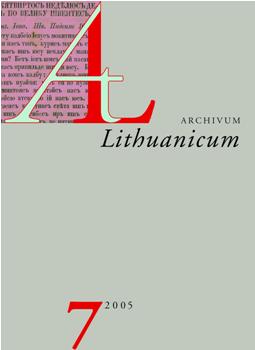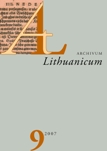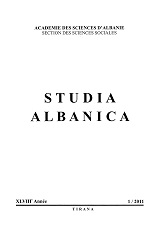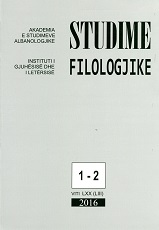Vëzhgim në fjalorin e Kosovës
In the dialects of the linguistics’ areal of Kosova there is saved a rich and independent fund of words, lexical units and phraseologisms, syntagms, and ingrained expressions of words that show linguistic and ethnocultural vitality and antiquity, not only of this area, but of the whole Albanian language. In the corpus of the vocabulary of the Albanian discourses of Kosova, there are used words of Albanian origin, as well as borrowed lexical elements from Serbian, Turkish, etc., which are of interest to enrich the literary and history of Albanian language. In the dictionary of idioms of Albanian language of Kosova, there are presented some distinctive features with a distinctive character in the vocabulary field, words which are used with different phonetic and semantic variants, in different regions of Kosova valley, and Dukagjin valley. Kosova’s vocabulary is consisted with special words and phrases called ethnographisms, expressing concepts of Albanian archaic habits of a great antiquity of this ethnolect (burrnēsh, kapuç, e pame , leçit, a mujte?, të fala mashkujve, etj.).
More...
